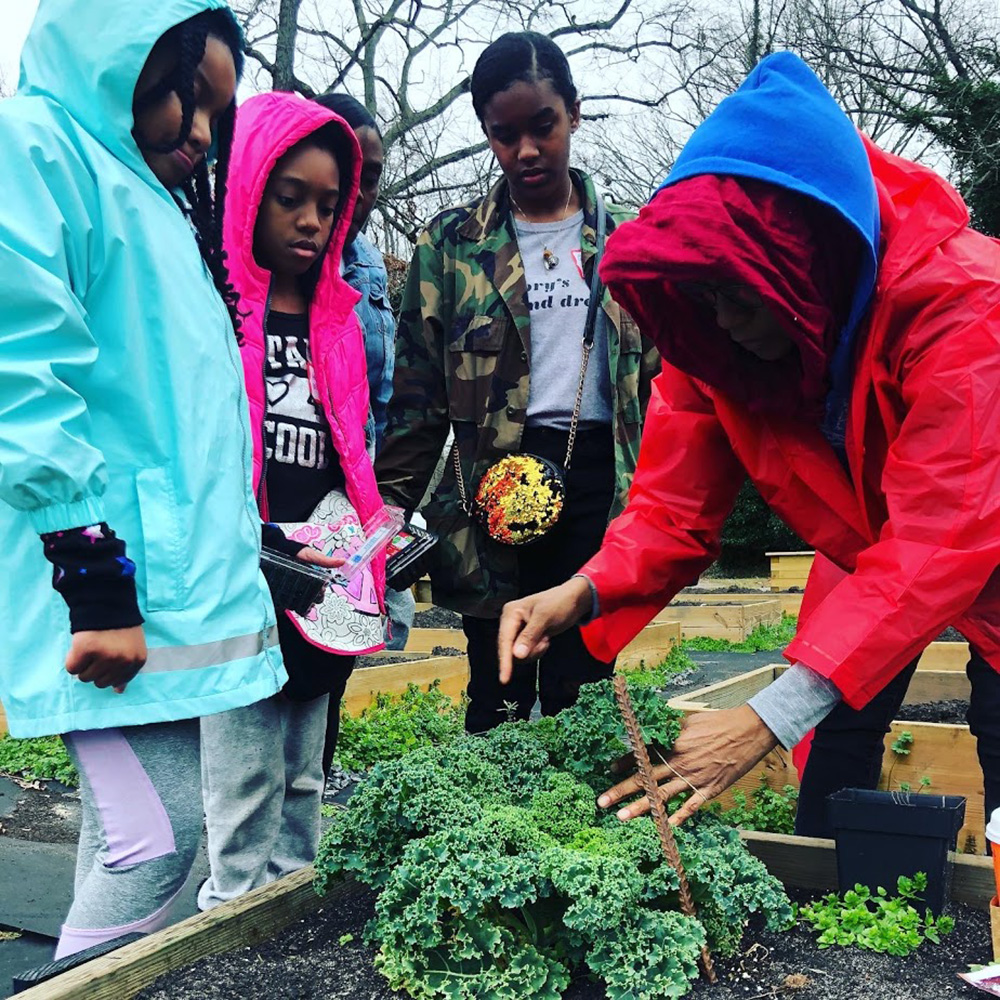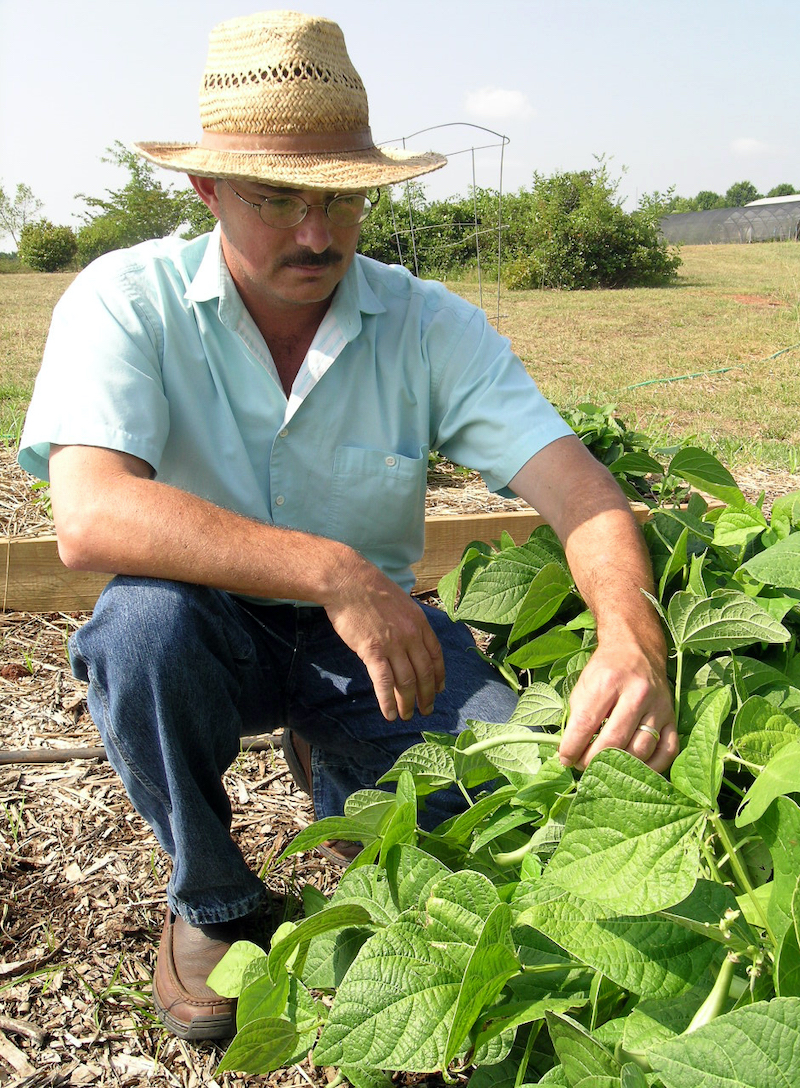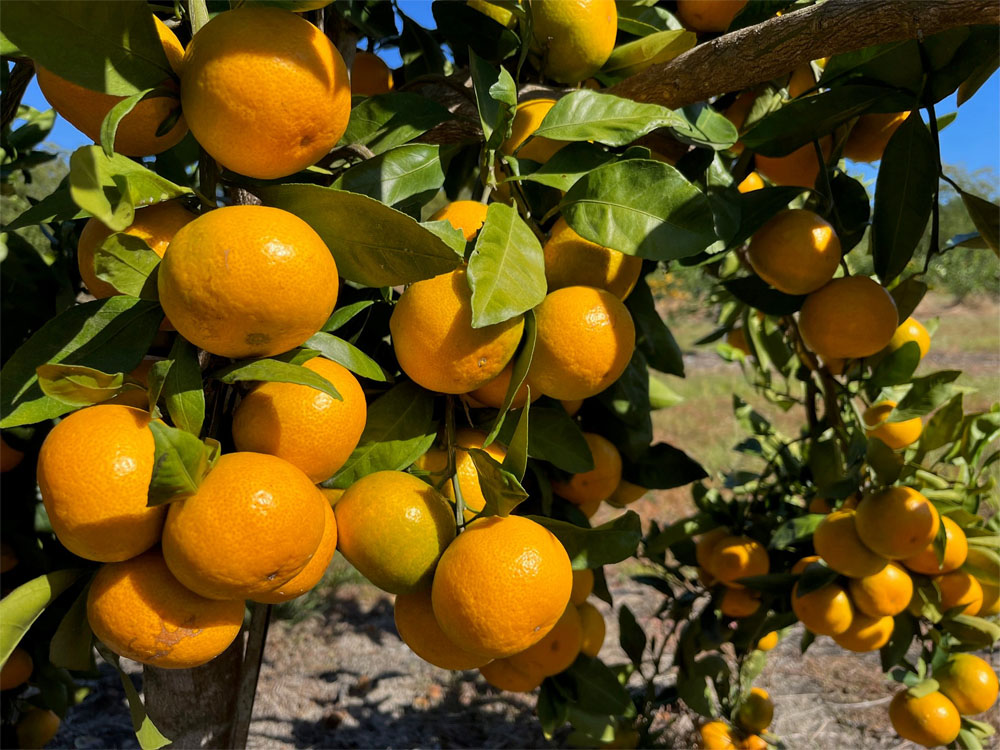
You may still be scraping frost off your windshield in the early morning this time of the year, but it is not too early to begin planning your spring vegetable garden.
Completing a few essential steps will ensure that you will have success in your garden when warmer spring temperatures arrive.
Choose your plants
One of the most important parts of preparing your spring garden is determining what you would like to grow. Keeping careful records of what you planted and what did well each year can help you make decisions. Seed catalogs are showing up in our mailboxes and vegetable plants will soon be available locally as well. Be sure to check out University of Georgia Cooperative Extension publications, searching for specific vegetables, to help you decide which varieties to grow.
Remember that some vegetables — such as tomatoes, peppers, and eggplants — do best when started as a transplant. There is still time to order seed and grow your own transplants if you desire. Otherwise, you can wait until we get closer to the planting season and purchase them from your local garden center.
Other vegetables — such as squash, cucumbers, okra, beans and sweet corn — grow best when directly seeded into the garden soil. Soil temperatures should be at least 65 degrees Fahrenheit for planting most spring vegetables. Soil temperature can be checked by visiting our weather station website at georgiaweather.net. If ordering garden seed now, store it in the crisper drawer of your refrigerator until you are ready to use it.
Get your soil tested
If you have not already done so, now is a good time to take a soil sample from your garden.
Pull soil from about 4 inches deep from eight to 10 different locations in the garden. Mix these samples together as one and take approximately 1 full cup to your local UGA Extension office. For a nominal fee, you will receive an analysis of your soil pH and fertility.
This is by far the most accurate way to address the nutritional needs of your vegetables. If lime is called for in your soil test, apply it as soon as possible. Fertilizer can be added when you plant.
Turn the soil
Soil can be tilled or turned with a shovel as soon as it is dry enough to work in.
Gardeners should avoid working in heavy, wet soils, as compaction will occur. Turning the soil now will help expose some overwintering pests and diseases that can be harmful to our plants.
Plan irrigation

Now is the time to think about how you will supply water to your garden. While overhead sprinklers are popular, they are not the best way to deliver water to your plants.
Soaker hoses or drip irrigation are by far more efficient and allow the foliage of the plants to stay dry. This can cut down on disease issues. Drip irrigation systems are not difficult to put together and can often be purchased locally at hardware stores or online from companies specializing in irrigation.
The addition of an affordable, battery-operated water timer can also save time and labor when it comes to irrigating the garden. These can be set up to water at different intervals for different lengths of time. Typically, most gardens do best when watered deeply and thoroughly once or twice per week.
Consider raised beds
If you have not tried them before, you may want to consider raised beds for your garden.
Raised beds can be constructed from a variety of materials including wood, bricks, metal or plastic. The key is to make sure they all drain easily and are filled with good, organic soil. Raised beds should have a minimum height of 6 inches and the distance across the bed should be between 4 and 6 feet. This allows you to reach over the center of the bed without stepping into it.
The length of the bed is up to the individual and the materials on hand. Raised beds do well when filled with a combination of one-third composted manure, one-third plant compost and one-third bagged garden soil.
Identify weed control measures
Another important planning consideration is how to deal with those pesky weeds. No matter how hard you try, it seems weeds want to pop up everywhere.
Planning your weed control strategy now will help save on a lot of headaches later. Consider purchasing mulch material such as pine straw, wheat straw or wood chips that will be placed around your plants to block out weeds.
Weed fabric is also a popular way to suppress weeds and can be ordered in bulk online or at garden centers. Chemical weed control is also an option but is not normally applied until the time of planting. Consult with your local Extension agent to get the best chemical recommendations for your garden.
Start seeds
While it may still be cold out, a lot of garden prep can be done inside from the warmth of your home.
Ordering and starting seeds, making a garden plan and acquiring other needed materials can be done from your home computer or local store. Mild afternoons will allow you to get outdoor garden preparations completed.
The take-home message is to prepare now for success and, hopefully, reap a bountiful harvest starting in late spring.




